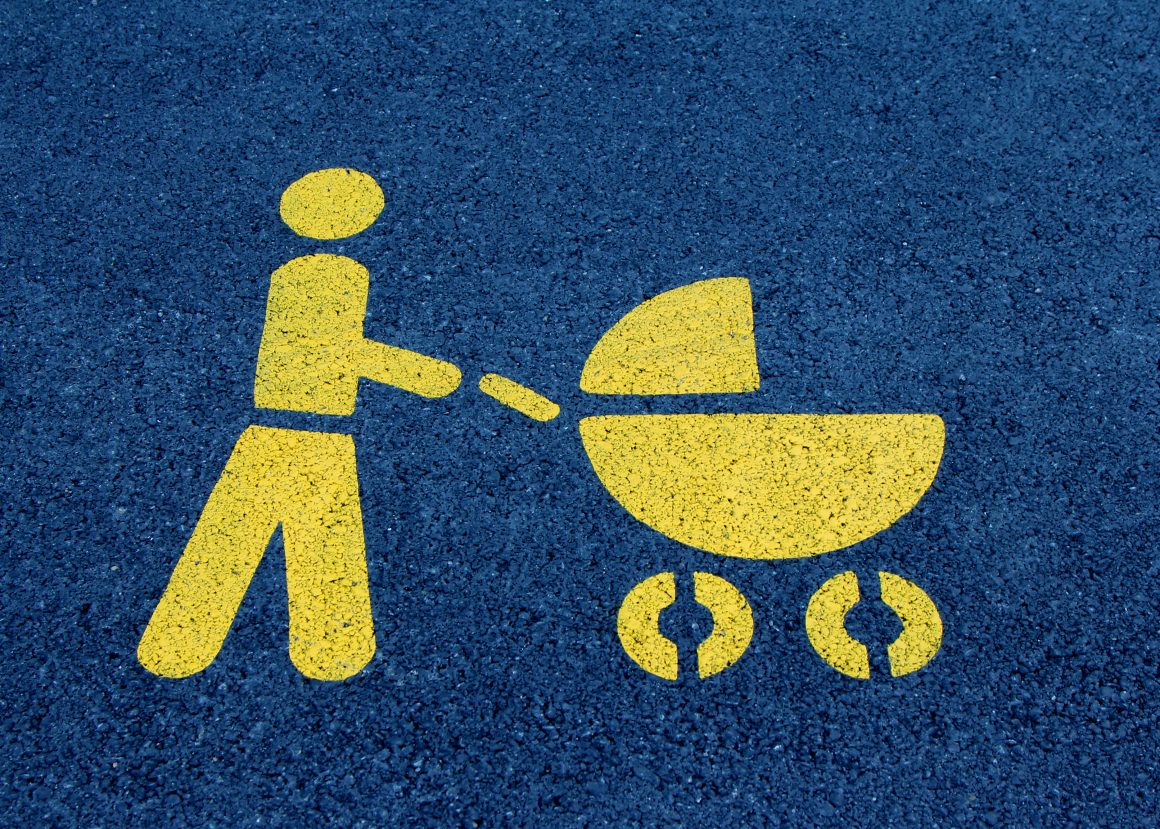
The federal-provincial childcare agreement neglects two vital groups in Alberta
By Alice Thwaites, March 10 2022—
Alberta and Ottawa have commenced negotiations on an agreement that will lower the cost of licensed child care for children under the age of six, bringing the cost down to $10 a day by the end of 2026.
The Alberta federal-provincial child care agreement was announced by Prime Minister Justin Trudeau on Nov. 15, 2021 as part of a $30 billion promise declared in the April federal budget, which sought to provide affordable child care to families across Canada.
The agreement sets aside $3.8 billion in federal funding to work towards the goals of improving affordability, expanding child care accessibility and supporting high-quality child care within Alberta. The agreement not only promises reduced child care fees but an increase in the number of licensed child care centers, greater funding for children from diverse and vulnerable populations — including those with special needs — and assistance for educators in developing critical skills needed for professional development.
By the early months of 2022 Albertan families will see a 50 per cent reduction in licensed child care fees for children under the age of six and a $10 per day average by the end of 2026.
The agreement was developed with the intent to create more jobs and draw parents — specifically women — back into the workforce, therefore having the hoped effect of expanding the middle class within Canada.
Alberta is the ninth province or territory to sign onto a child care agreement with the Government of Canada and the pressure to do so had been mounting for months. Alberta Premier Jason Kenney took his time negotiating the terms of the agreement in an attempt to secure a deal that met the unique needs of Albertan families, but later stated he would have “preferred” an arrangement much like that of Quebec’s.
The child care agreement in Quebec is essentially conditionless, unlike Alberta’s, and was finalized in August of 2021 after over five years of back and forth discussion between the province and the Government of Canada.
Beginning in early 2022, the amount that families are required to pay for child care at a licensed center will be dependent on their annual income. Families with an annual income of up to $119,999 should expect to pay $10 per day, $11 to $17 per day will be charged to families earning $120,000 to $179,999 annually and $22.19 per day will be required from families earning $180,000 and more per year.
Grants will be provided directly to operators, allowing them to maintain effective functioning once fees are significantly lowered. Only child care centers that are licensed will be eligible for these grants, meaning that non-licensed forms of child care, including arrangements between friends and family, nannies and private day homes will not receive the necessary funding required to lower the cost of the services they provide.
Families obtaining child care from licensed centers in Alberta can expect to be charged the set amount for their annual income bracket beginning Jan. 1, 2022.
The flaws of this agreement are twofold — the private sector is disproportionately harmed and families at the bottom of the lowest income bracket are neglected. The agreement fails to acknowledge the harms it imposes on the private sector and seems to prioritize public services over their private counterparts.
As unlicensed child care providers cannot reasonably operate charging $10 per day, they are no longer able to compete with licensed providers to the extent they previously have been. Many parents will likely make the switch to licensed centers that boast modest fees, leaving unlicensed providers scrambling to balance affordability with service quality.
The detrimental impact this agreement may have on the private sector was recognized by Kenney and served as a barrier to the signage of the deal. To ensure the private child care sector is maintained, the provincial government should monitor the ramifications of this agreement while exploring ways in which the private sector can be included in this deal or one similar.
The negotiation of the terms of this agreement was certainly an achievement for many families within the province, however, it seems unreasonable for the lowest annual income bracket to include families earning zero dollars a year, up to $119,999 a year.
While $10 a day for child care is affordable for families earning close to the maximum annual income for this bracket, this $10 places a great financial strain on the families closer to the bottom of this bracket. With 53 per cent of Canadians having earned less than $50,000 annually in 2019, millions of families are significantly impacted by this oversight.
The more practical option would be to leave the cost of childcare unchanged for those in the top income bracket — as they would likely not be burdened financially by their child care costs remaining at the status quo — and use these funds to fully subsidize child care for families earning less than a certain amount annually, such as $50,000.
The reworking of the allocation of funds within this agreement certainly provides a more equitable way of approaching affordable childcare and no longer neglects the families who are in dire need of financial assistance when it comes to accessing child care.
The new child care agreement is certainly a step towards improving the livelihood of families and children in Alberta, but should instead be viewed as a blueprint for redrafting a deal that is much more inclusive to both the private sector and lower-income families.
Many modifications need to be made to the agreement before it receives the stamp of being an equitable way of implementing affordable child care for families in Alberta.
This article is part of our Opinions section and does not necessarily reflect the views of the Gauntlet’s editorial board.
